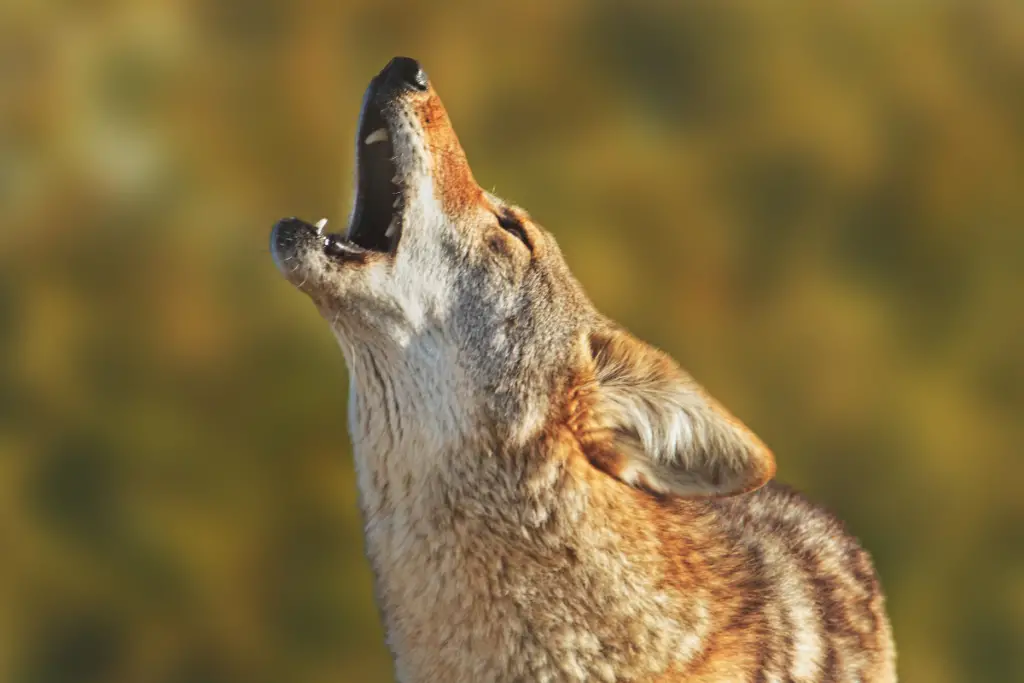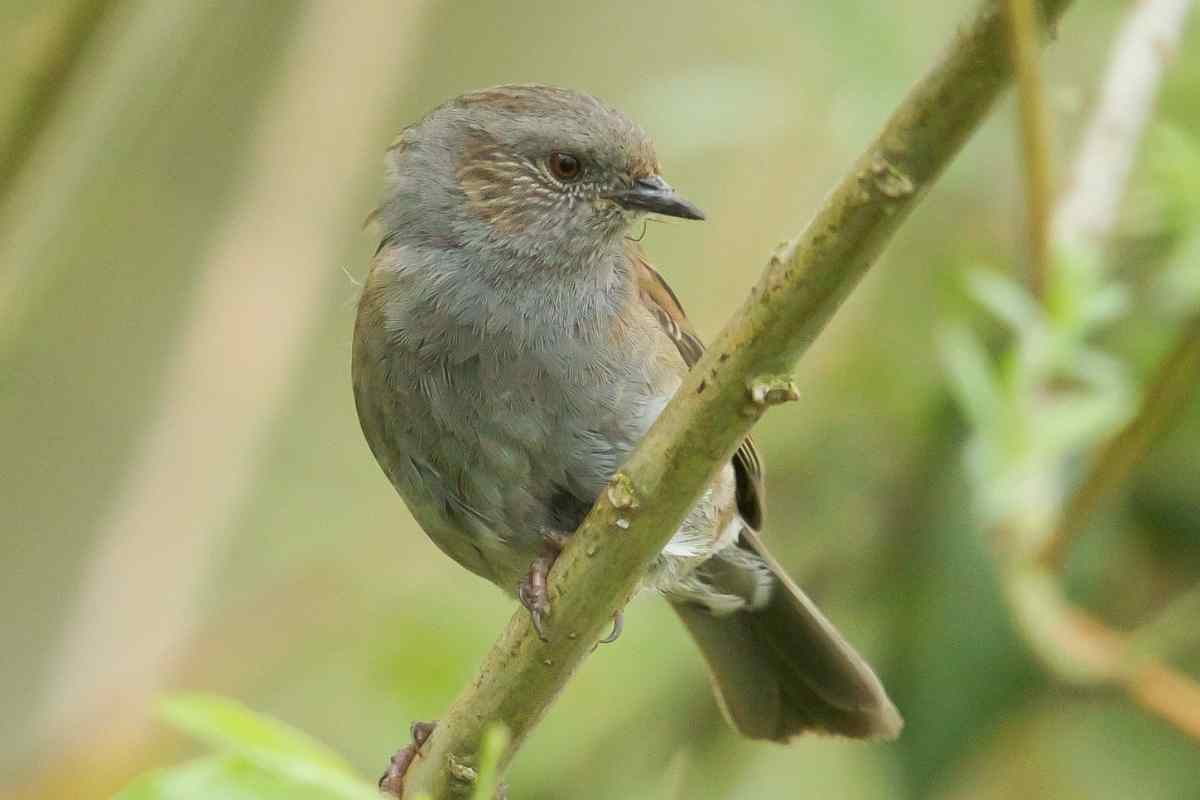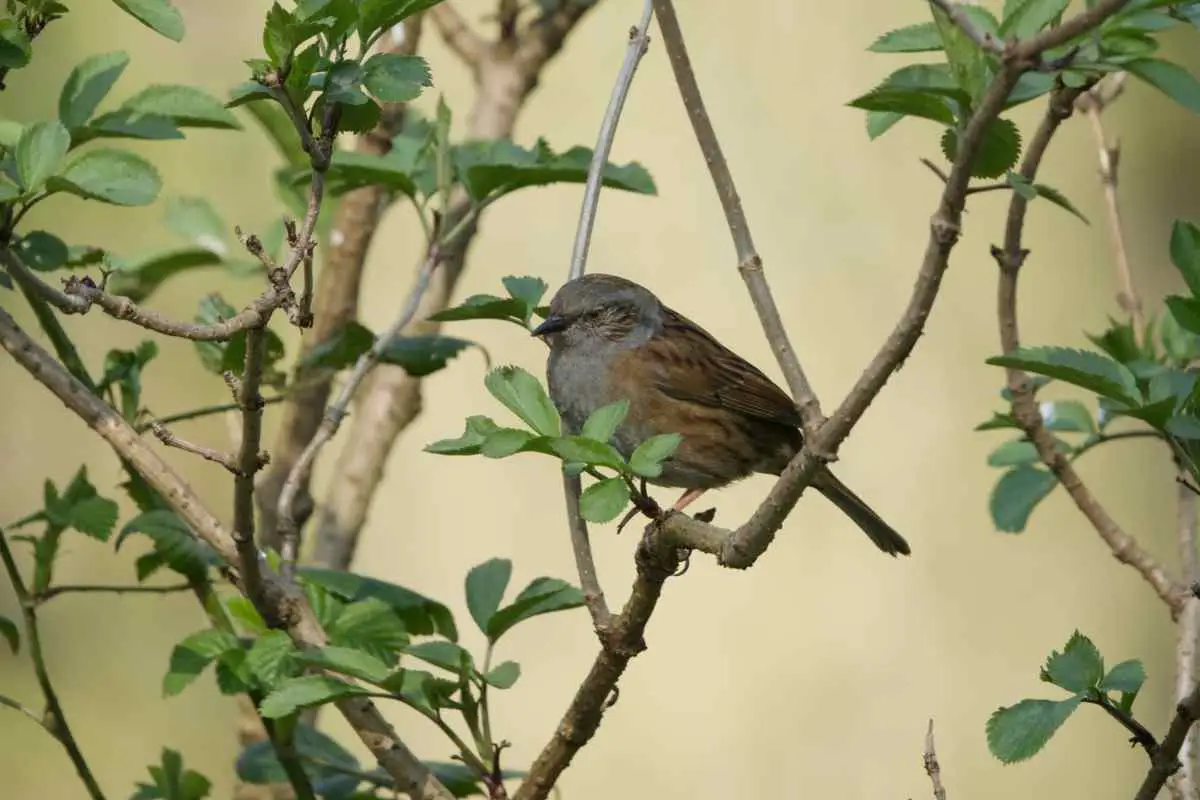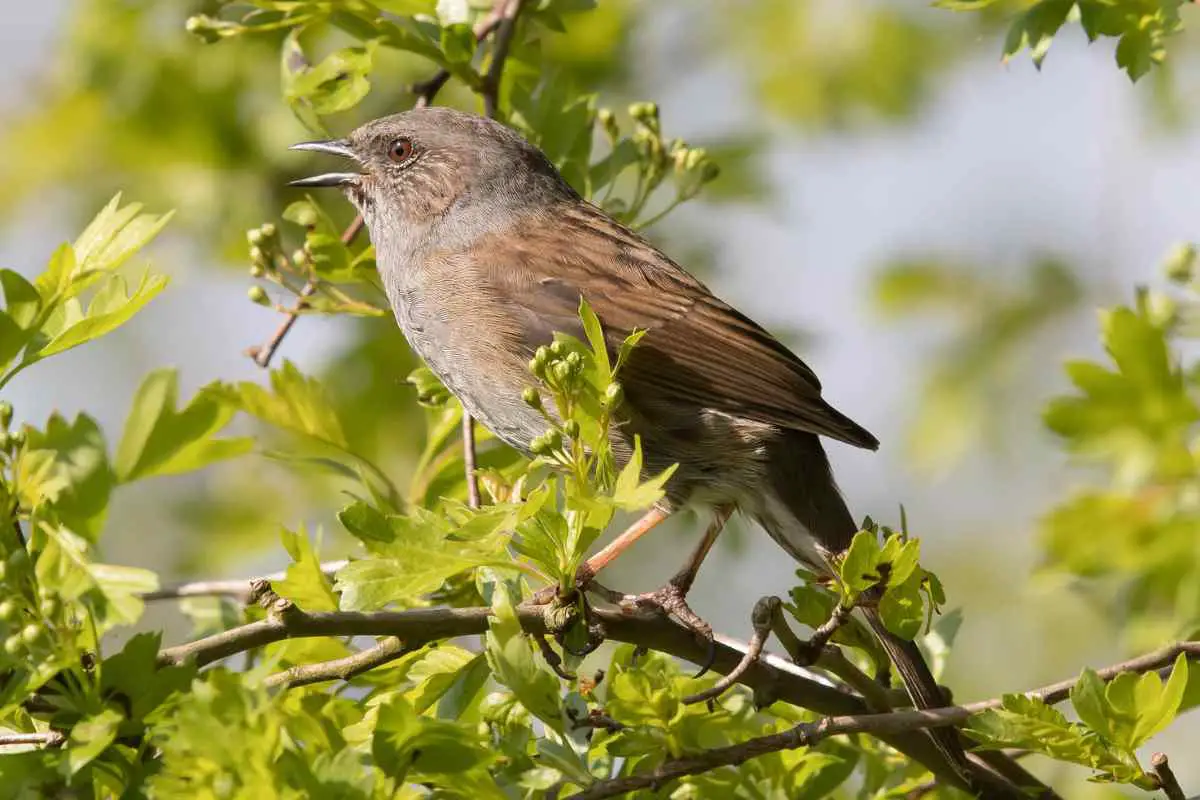Coyotes are a common sight in many parts of North America, but how much do we really know about them?
One question that often arises is whether coyotes can climb trees. While some people believe that coyotes are capable of scaling trees with ease, others argue that their bodies are not adapted for climbing.
So, can coyotes climb trees?
According to several sources, coyotes are indeed capable of climbing trees, but they don’t do it very often.
They are not as skilled at climbing as some other animals, such as cats or raccoons, but they can climb if necessary.
One reason why coyotes might climb trees is to reach food, such as raccoons or possum babies. If they find an easy meal, they may try to reach it by jumping into the tree.
Despite their ability to climb trees, coyotes are not as good at it as some other animals. Their bodies are not adapted for climbing, and their claws are not sharp enough to grip the bark of a tree.
Additionally, their forward legs are not designed to wrap around a tree trunk, making it more difficult for them to climb.
Overall, while coyotes are capable of climbing trees, it is not common behavior for them.

Table of Contents
Coyotes: An Overview
Coyotes are members of the Canidae family and are closely related to dogs, wolves, and foxes.
They are medium-sized canines that weigh between 20 to 50 pounds and stand about 2 feet tall at the shoulder. Coyotes have a slender build, with a narrow muzzle, pointed ears, and a bushy tail.
These wild dogs are highly adaptable and can be found in a variety of habitats, including forests, deserts, grasslands, and urban areas.
They are primarily nocturnal but can also be active during the day, especially in areas with less human activity.
Coyotes are opportunistic predators and scavengers, feeding on a wide range of prey, including small mammals, birds, reptiles, and insects.
They are also known to eat fruits, vegetables, and carrion. Coyotes are skilled hunters and can take down prey larger than themselves, such as deer, but they also rely on scavenging for food.
In terms of behavior, coyotes are social animals that typically live in family groups consisting of a mated pair and their offspring.
They communicate with each other through a variety of vocalizations, including howls, yips, and barks.
Coyotes are also known for their playful behavior, often engaging in games of chase and wrestling with each other.
Climbing Abilities of Coyotes
Coyotes are known for their agility and speed on the ground, but can they climb trees? According to several sources, including GFL Outdoors and Wildly Animals, coyotes can climb trees to some extent, but their climbing abilities are limited.
Unlike felines, coyotes cannot wrap their paws around the tree and use their claws to help them climb.
Their claws are not sharp enough to grab onto tree bark, and their bodies are not adapted for climbing. As a result, coyotes are not good climbers and are not known for climbing trees.
However, coyotes can jump up to 8 feet in the air and 14 feet off the ground, which allows them to reach lower branches of trees.
They may climb trees in search of food, such as possums or raccoon babies that are on the trees.
Coyotes have also been observed using fallen trees or branches as a bridge to cross over obstacles, such as fences.
It’s important to note that while coyotes can climb trees to some extent, they are not as nimble as other animals like monkeys.
Coyotes are wild dogs that are more adapted to running and hunting on the ground than climbing trees.
Factors Influencing Coyotes’ Climbing Abilities
Coyotes are known for their agility and swift movements on the ground, but can they climb trees? The answer is not a straightforward one.
The ability of coyotes to climb trees depends on several factors, including their physical characteristics, environmental factors, and behavioral aspects.
Physical Characteristics
Coyotes have a lean and slender build, which makes them agile and fast runners. However, their physical characteristics are not well-suited for climbing trees.
Their forelimbs are not designed to wrap around tree trunks, and their claws are not sharp enough to dig into the bark of the tree.
Moreover, their weight and size make it difficult for them to climb trees, especially if the branches are thin and weak.
Environmental Factors
Environmental factors also play a significant role in determining coyotes’ climbing abilities.
For instance, if the tree has low branches that are easy to jump on from the ground, coyotes may climb the tree to chase small prey or to get a good vantage point.
Similarly, if a large rock or fence is beside the tree, coyotes may use it to climb the tree.
Behavioral Aspects
Coyotes are intelligent animals, and their behavior can also influence their climbing abilities. For example, if they are chasing prey and the prey climbs a tree, coyotes may follow them up the tree.
Additionally, if they feel threatened or cornered, coyotes may climb trees to escape danger.
In conclusion, while coyotes are not natural climbers, their ability to climb trees depends on several factors, including their physical characteristics, environmental factors, and behavioral aspects.
It is essential to understand these factors to better manage and coexist with coyotes in their natural habitats.
Coyotes and Trees: Interactions
Coyotes are known to be skilled hunters and are capable of adapting to various environments. However, their interactions with trees are limited.
Coyotes do not have the physical adaptations to climb trees, such as sharp claws and the ability to wrap their front limbs around a tree trunk.
According to AZ Animals, coyotes can climb trees as high as 14 feet, but they typically do not climb trees unless they are starving or terrified.
In some cases, coyotes may climb trees to escape danger or to catch prey that has taken refuge in a tree.
Coyotes are also known to avoid areas without adequate tree cover. A study by researchers at the University of California, Davis found that gray foxes coexist with coyotes in areas with sufficient tree cover.
The study suggests that coyotes are less likely to inhabit areas with dense tree cover because they lack the ability to climb trees, which makes them vulnerable to predation by other animals.
In summary, while coyotes can climb trees to a limited extent, they do not have the physical adaptations to climb trees effectively.
Coyotes are more likely to avoid areas without adequate tree cover, which may limit their habitat range.
Implications for Wildlife Management
Coyotes are common predators in North America, and they often come into conflict with humans and their livestock.
Understanding coyote behavior is essential for effective wildlife management and reducing these conflicts.
One of the most important implications of coyote behavior for wildlife management is that coyotes are not adept climbers.
As a result, fences and other structures that are high enough to prevent coyotes from jumping over them can be effective in keeping coyotes out of certain areas.
Additionally, placing food sources out of reach of coyotes, such as in trees or on elevated platforms, can help prevent coyote access to these resources.
Another implication of coyote behavior for wildlife management is that coyotes are social animals that live in family groups.
This means that removing one coyote from an area may not be effective in reducing coyote conflicts, as other coyotes may simply move in to take its place. Instead, wildlife managers may need to focus on reducing the overall population of coyotes in an area through methods such as trapping or hunting.
It is also important to note that coyotes are opportunistic feeders and will eat a variety of food sources.
This means that reducing the availability of one food source, such as livestock, may not be enough to reduce coyote conflicts.
Wildlife managers may need to consider a range of strategies, such as habitat modification or the use of scare tactics, to effectively manage coyote populations and reduce conflicts with humans and their livestock.
Overall, understanding coyote behavior is crucial for effective wildlife management and reducing conflicts between coyotes and humans.
By implementing strategies that take into account coyote behavior, wildlife managers can help ensure the long-term survival of both coyotes and the species that they interact with.
Conclusion
Coyotes are known for their running and jumping abilities, which allow them to navigate diverse terrains and obstacles. However, it is not common for coyotes to climb trees, as they do not have the right kind of legs, paws, or claws for climbing.
According to GFL Outdoors, coyotes may climb trees on rare occasions if there is a food shortage.
They are food motivated and may climb a tree if there is food available on the branches. They can jump quite high, and if the tree has low branches, they may be able to climb one.
Wildly Animals suggests that coyotes can leap over fences and maneuver through rocky or uneven landscapes with relative ease.
While they can climb trees, they typically won’t unless they’re very hungry or very afraid.
Survival Junkies notes that coyotes have proportionally longer legs than dogs or wolves, which makes them more capable climbers.
They may climb a tree if they’re reaching for food and the branches are low enough to the ground.
Den of Animals explains that coyotes may climb trees for safety, as it can provide them with a refuge from predators or other threats on the ground.
They may also climb trees to reach prey, such as birds’ nests or small mammals that have taken shelter in the branches.
Overall, while coyotes are capable of climbing trees, it is not a common behavior for them. They may climb trees for food or safety, but they are not as skilled at climbing as other animals such as cats or squirrels.
- How to Dry Basil Leaves: A Professional Guide
- Is an Avocado a Fruit or Vegetable? Simple Answer and Explanation
- Does Pineapple Have Seeds? Exploring the Anatomy of Pineapples
- Blooming Through Winter: Can I Grow Vegetables Indoors in the Winter?
- What Can You Grow in a Greenhouse All Year Round: A Guide to Year-Round Greenhouse Gardening
- Are Blueberries Blue? Debunking the Myth of Their Color
















